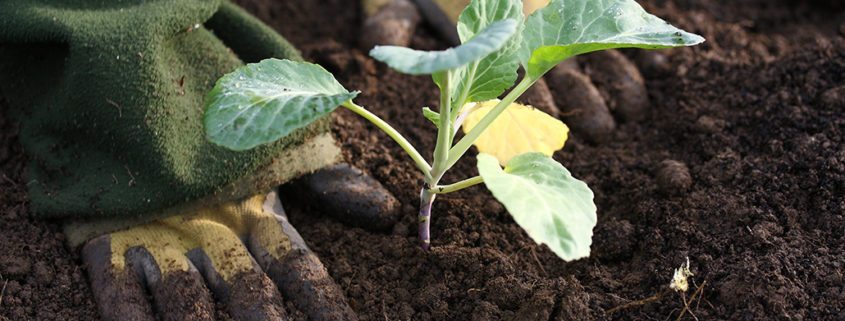Tips for Avoiding Back Pain While Gardening
A beautiful, warm spring day is perfect for heading outside to tend to your yard and garden. After a long winter, it feels great to be out sprucing up the landscaping or planting flowers. Unfortunately, though, many of us might not feel quite so great the next morning, as an entire day of yard work has resulted in aches, pains, and muscle stiffness.
Gardening can be especially hard on the back, but it doesn’t have to be. If you take the following precautions, you can have a beautiful garden—as well as a healthy back—this spring.
Pace yourself. Set attainable goals, and don’t feel you have to finish every project in one day. Work steadily, but don’t push yourself to finish big projects that can be broken up over several days. It’s also important to take frequent breaks. Take a five-minute break every hour to stretch, relax, and drink water.
Lift with your knees. Gardening can involve some heavy lifting, whether it’s moving large pots or carrying bulky bags of soil or mulch. Bending over to pick up large items puts extra stress on the back, so be sure to bend at the knees when lifting heavy objects. Also, position yourself close to the object or task. Bring a heavy object closer to you before lifting, or walk over to what you need, rather than bending or reaching, which can put undue strain on the back.
Raise your garden. Growing flowers and vegetables in raised beds helps reduce the need to bend over for weeding and cultivating. Creating a tabletop garden or planting in pots, which you can place where they are comfortable for you to reach, are also good options, especially if you already suffer from back pain. Placing pots on caddies with casters can make the plants even easier to move.
Use long-handled tools. Look for tools with a 3- to 4-foot-long handle that can help you stay more upright—or even work while sitting down—while weeding, cultivating, or watering.
Loosen up. Remember that gardening and yard work can be strenuous activities; therefore, treat them as you’d treat any exercise or physical activity. Stretch your muscles thoroughly beforehand, and be sure to cool down when you’re done, as well, to avoid strained muscles.
Switch it up. Avoid repetitive-motion injuries by dividing up each task into sections that will allow you to switch activities, as well as your posture, often. For instance, if you’re kneeling down to weed, take a break to stand up and water some plants before starting on another section of weeding.
Listen to your body. If you garden for pleasure, it won’t be fun if you’re too sore or injured to do it. If your back (or another part of your body) starts to hurt, it’s sending you a message that it’s time to take a break. Don’t push yourself so hard that you’re hurting too much to enjoy the hobby!



